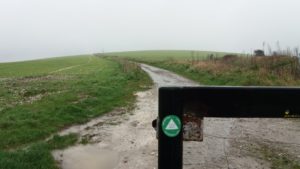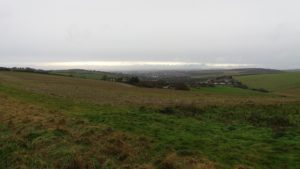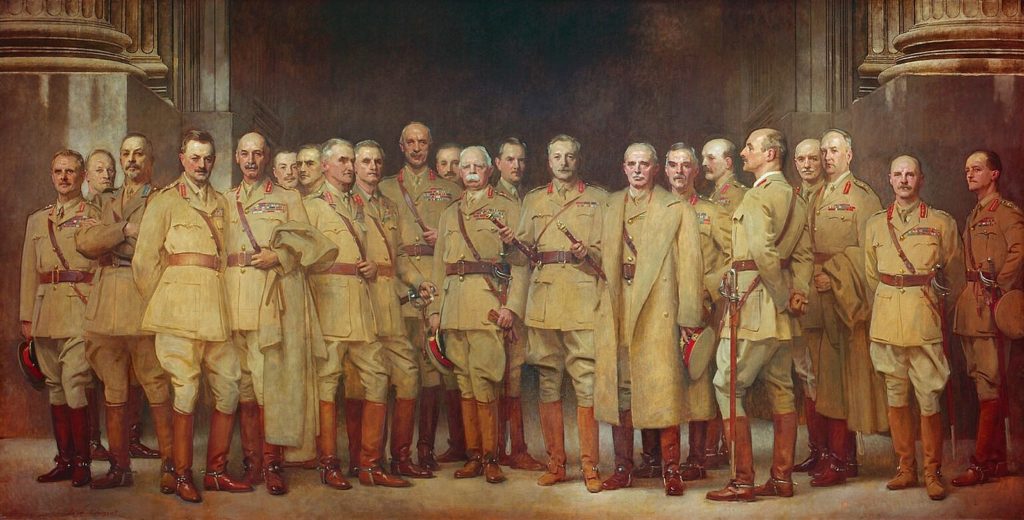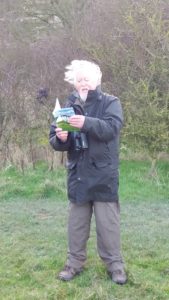I’m adding these references to the blog because I can never find them when I want them; they relate to the horrific frozen journey’s taken by Ernest Shackleton. When researching my MA dissertation, I did a lot of research into Antarctic exploration. It comprised a single page in the final draft – which should have taught me a valuable lesson about researching without doing any writing during that process.
What stuck with me was a line in a diary written by one of Shackleton’s team. Stranded and bored in a tent, he noted that the men had engaged in “more trips around London this evening” (quoted in Sara Wheeler’s Terra Incognito, p183). I love the idea of such imaginary journeys.
Shackleton’s team “never forgot what they had endured… Joyce said that when they got home they were frequently invited to festivities in London that went on to the early hours, and afterwards they would find destitute people on the embankment ‘and line [them] up at the coffee stalls’. When he was ninety, Dick Richards said that he hadn’t yet recovered.” (Terra Incognito p98).
Shackleton’s expedition is also referred to in TS Eliot’s The Waste Land. To quote wikipedia’s article on the Third Man Factor, “Shackleton wrote, ‘during that long and racking march of thirty-six hours over the unnamed mountains and glaciers of South Georgia, it seemed to me often that we were four, not three.’ His admission resulted in other survivors of extreme hardship coming forward and sharing similar experiences.”
Who is the third who walks always beside you?
When I count, there are only you and I together
But when I look ahead up the white road
There is always another one walking beside you
Gliding wrapt in a brown mantle, hooded
I do not know whether a man or a woman
— But who is that on the other side of you?
I’ve just added Shackleton’s South to my Kindle. It’s a book I really should have read by now.




















